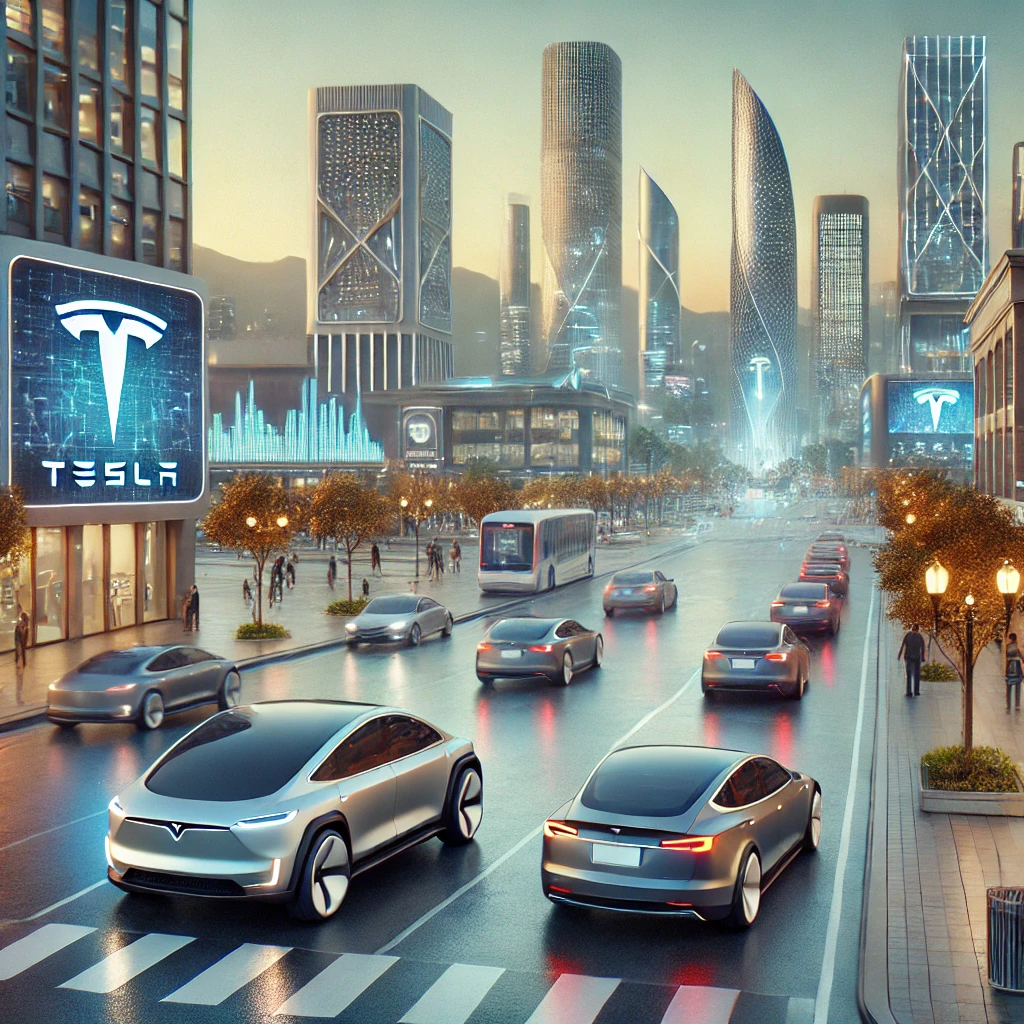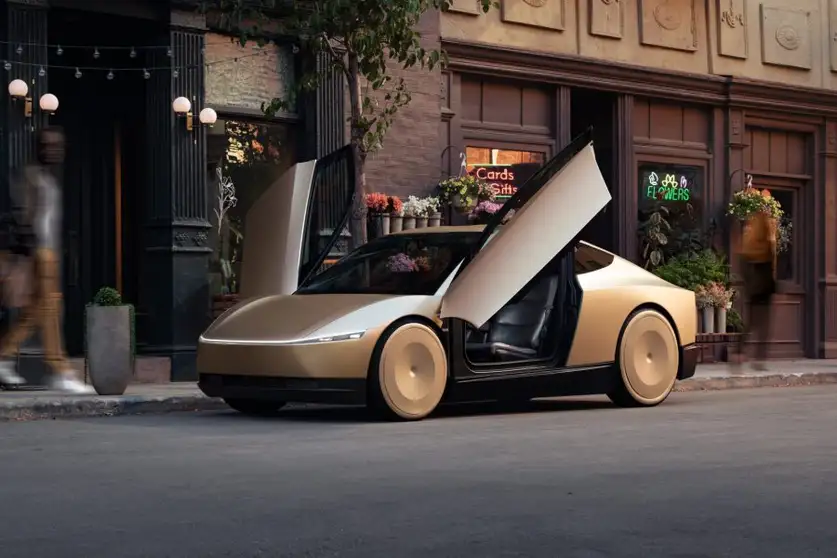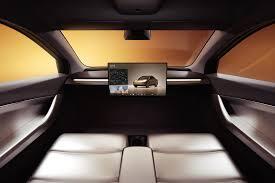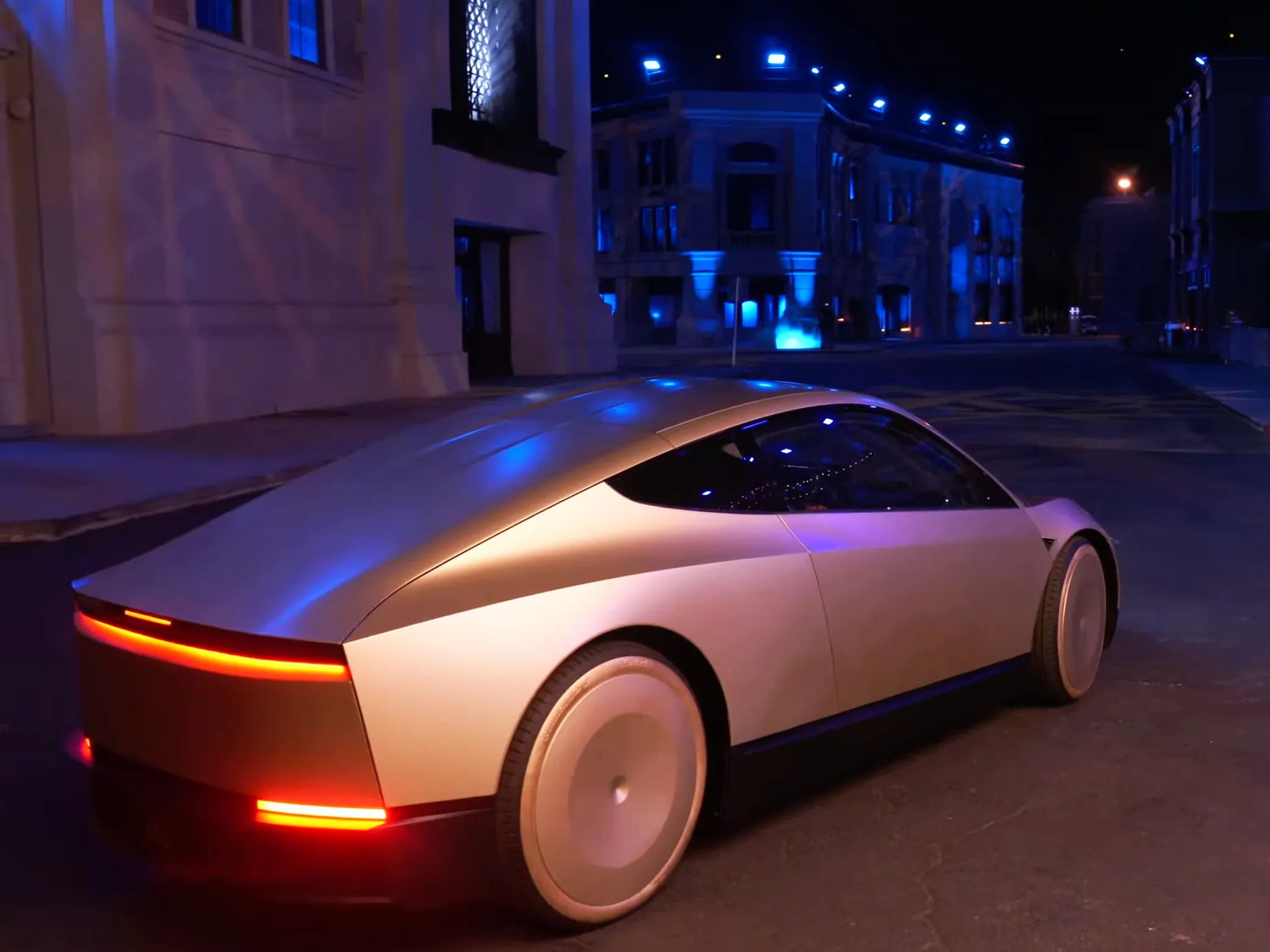Tesla Cybercab: A Hollow Promise of a Robotaxi Future?

Tesla Cybercab: A Hollow Promise of a Robotaxi Future?

Elon Musk, the visionary behind Tesla, has long promised a future where autonomous vehicles dominate the streets, operating seamlessly without human intervention. His ambitious claim about self-driving Tesla cars has captured the imagination of the world. However, despite years of development and bold assurances, the dream of a fully functional, self-driving Tesla has yet to be realized. Musk's latest announcement, the Tesla Cybercab, follows a similar pattern. While autonomous taxis are already being tested and operated in some cities across the U.S., there is growing skepticism that Tesla’s Cybercab will deliver on its lofty promises.
The Reality of Autonomous Taxis
Several companies have made significant strides in deploying autonomous taxis in real-world environments. Companies like Waymo and Cruise have rolled out driverless taxi services in select U.S. cities. These vehicles, though still monitored, operate without a human driver, navigating urban roads and responding to complex traffic scenarios. In some cases, they have been used for ride-sharing services in limited regions. Despite these advances, even the most successful autonomous taxi companies face challenges with safety, public acceptance, and regulatory hurdles.
Tesla, on the other hand, has fallen behind in this race. The company's Full Self-Driving (FSD) software, which has been advertised as capable of full autonomy, has faced numerous delays, legal issues, and safety concerns. While Tesla's cars are equipped with advanced sensors and AI systems, their autonomous capabilities are still far from the level needed for widespread adoption without human oversight.
What is the Tesla Cybercab?
Musk’s Tesla Cybercab is essentially a spin on the autonomous taxi concept, designed to fit into his broader vision of sustainable, electric, and self-driving urban transport. The Cybercab is reportedly based on the futuristic design of the Tesla Cybertruck, giving it a rugged, unconventional look. It’s intended to operate as a robotaxi, ferrying passengers in fully autonomous mode. The appeal of such a service lies in its potential for efficiency, reduced carbon emissions, and lower operational costs compared to traditional taxis.

However, many analysts view the Cybercab announcement with skepticism. The timeline for production, regulatory approvals, and most importantly, fully operational self-driving technology remains vague. In light of past delays and overpromises, this latest announcement appears more like a strategy to maintain investor interest and public excitement rather than a clear path toward an autonomous taxi reality.
Why is Tesla Lagging in Self-Driving Tech?
Tesla's struggles with autonomous technology come from several key challenges:
-
Software Complexity: Achieving full autonomy requires developing a robust AI system that can process vast amounts of data from the vehicle’s sensors in real time, handling everything from traffic signals to unpredictable road hazards. Tesla's FSD software has shown progress, but it’s still prone to errors in complex environments.
-
Regulatory Barriers: Autonomous vehicles are subject to stringent regulatory scrutiny. Ensuring the safety of self-driving cars involves passing numerous tests and certifications, which can delay their deployment. The patchwork of local laws across different regions also complicates the approval process.
-
Public Trust: Widespread adoption of self-driving cars depends heavily on public confidence. Every high-profile crash involving an autonomous Tesla brings negative attention, making it harder to convince the public that these vehicles are safe and reliable.
-
Competition: While Tesla has been focusing on its consumer vehicles and experimenting with self-driving tech, other companies have been solely dedicated to developing autonomous taxi services. Firms like Waymo and Cruise have built vast experience and technology infrastructure specifically for robotaxis.
The Future of Autonomous Taxis
Despite Tesla's lagging progress, the potential of autonomous taxis remains immense. With the right technological advances, self-driving taxis could revolutionize urban transport. They offer the promise of reduced traffic accidents, lower transportation costs, and a cleaner environment by cutting down on emissions from fuel-powered vehicles. However, it’s important to remember that this future is likely still years away.
Tesla, as one of the most prominent electric vehicle manufacturers, will likely continue to push boundaries in autonomous driving. However, given the company's history of delays and unfulfilled promises, consumers should approach announcements like the Tesla Cybercab with caution. It remains to be seen whether this bold vision will materialize or if it will simply add to the list of unmet expectations surrounding Tesla’s autonomous driving technology.
Conclusion
The Tesla Cybercab, while intriguing, feels like another overhyped promise in Elon Musk’s long-running narrative of a self-driving future. With real autonomous taxis already operational on U.S. streets, Tesla’s continuous delays and technological challenges make it hard to believe that the Cybercab will be the breakthrough product Musk claims. For now, the dream of a fully autonomous Tesla robotaxi remains just that—a dream.
